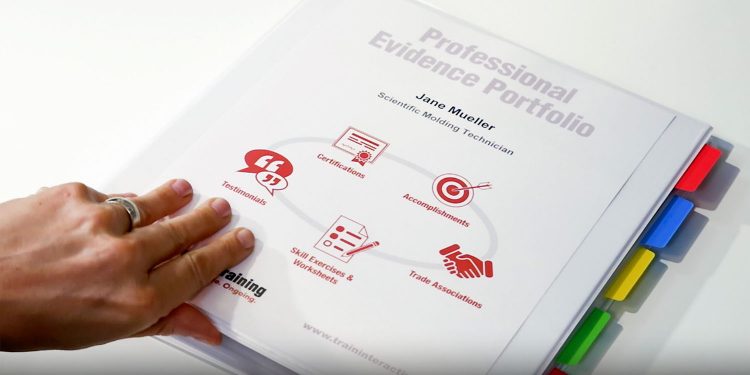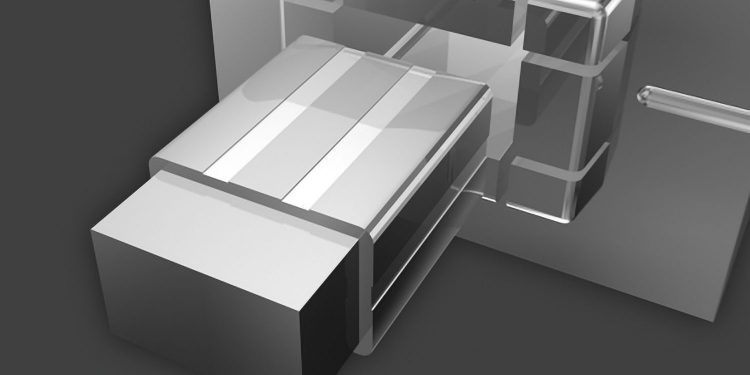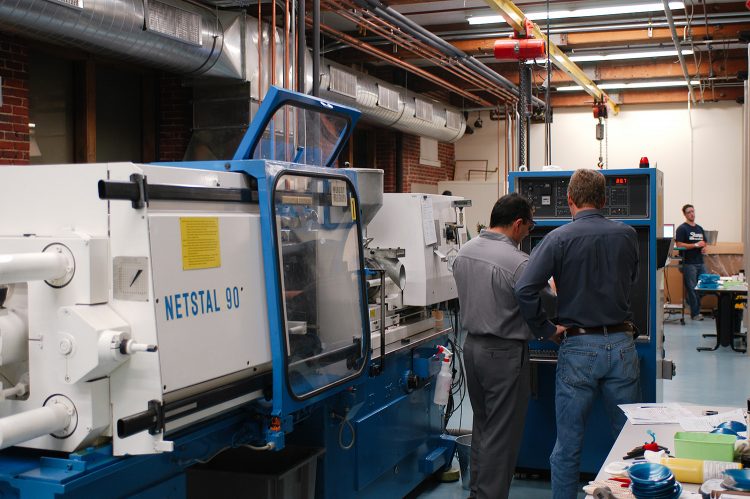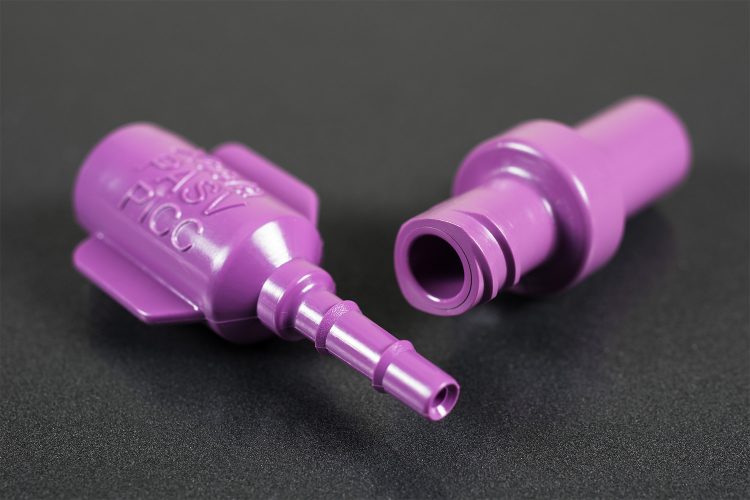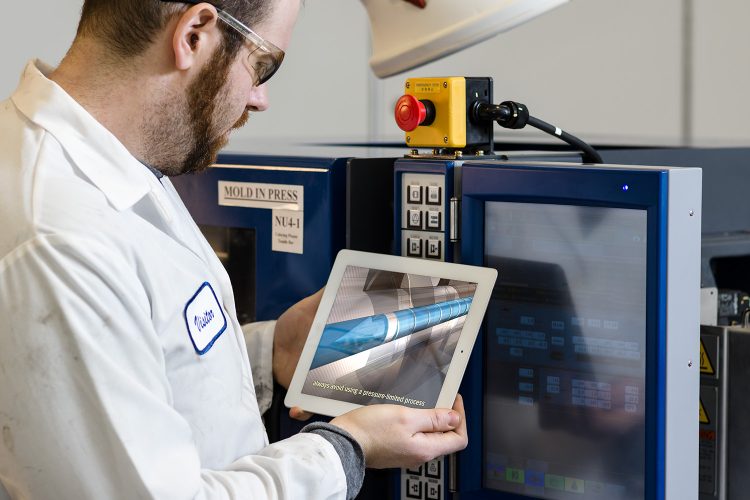Employees who are developed and promoted from within tend to be more capable, contribute more, and stick around longer than those poached from other companies.
Throughout their career, your employees acquire a great deal of experience: solving problems, achieving goals, and developing skills. A professional evidence portfolio is a great way for managers to objectively review these accomplishments.
Degrees & Certificates
Certifications and degrees imply a certain level of knowledge. Classroom training certificates should include course syllabi or class outlines to provide a clearer idea of exactly what the certification indicates.
Specific Accomplishments
Documentary evidence of participation in work projects (i.e. implementing the 5S System, installing a new machine, solving a particular production problem, etc.) are important records to maintain. Evidence such as photographs, prints, or approvals help demonstrate tangible skills and professional capabilities.
Testimonials
Testimony from reliable coworkers, employers, and instructors speak to the skills, knowledge, and professionalism of the employee.
Skills Exercises & Worksheets
A structured training program, such our RightStart™ system, include job-specific tasks to help establish and maintain proper daily work habits. Once completed and approved, these worksheets are valuable additions to any portfolio.
Associations & Trade Shows
Any relevant trade associations, guilds, unions, or other industry memberships should be included — along with attendance to industry-related events, such as tradeshows, seminars, and conferences.
These are just five important factors in an employee’s professional development. This information greatly helps managers and human resources objectively evaluate an employee’s skills & capabilities — as well as highlight opportunities for improvement and development.
Please check out our Professional Evidence Portfolio page, which includes a free template and instructional video.
